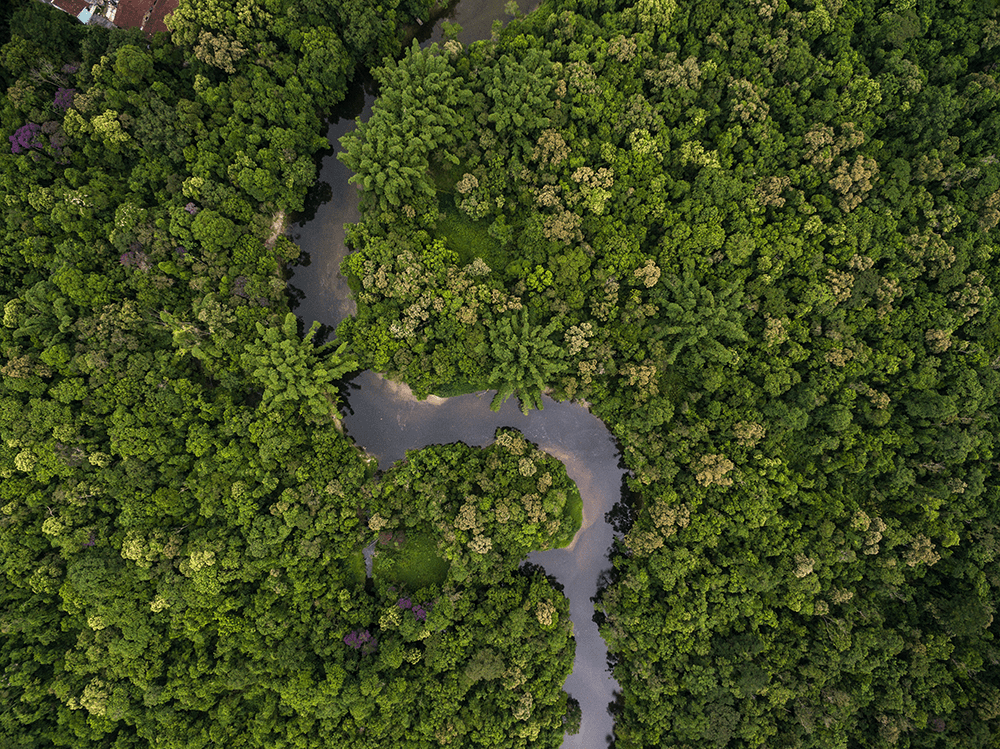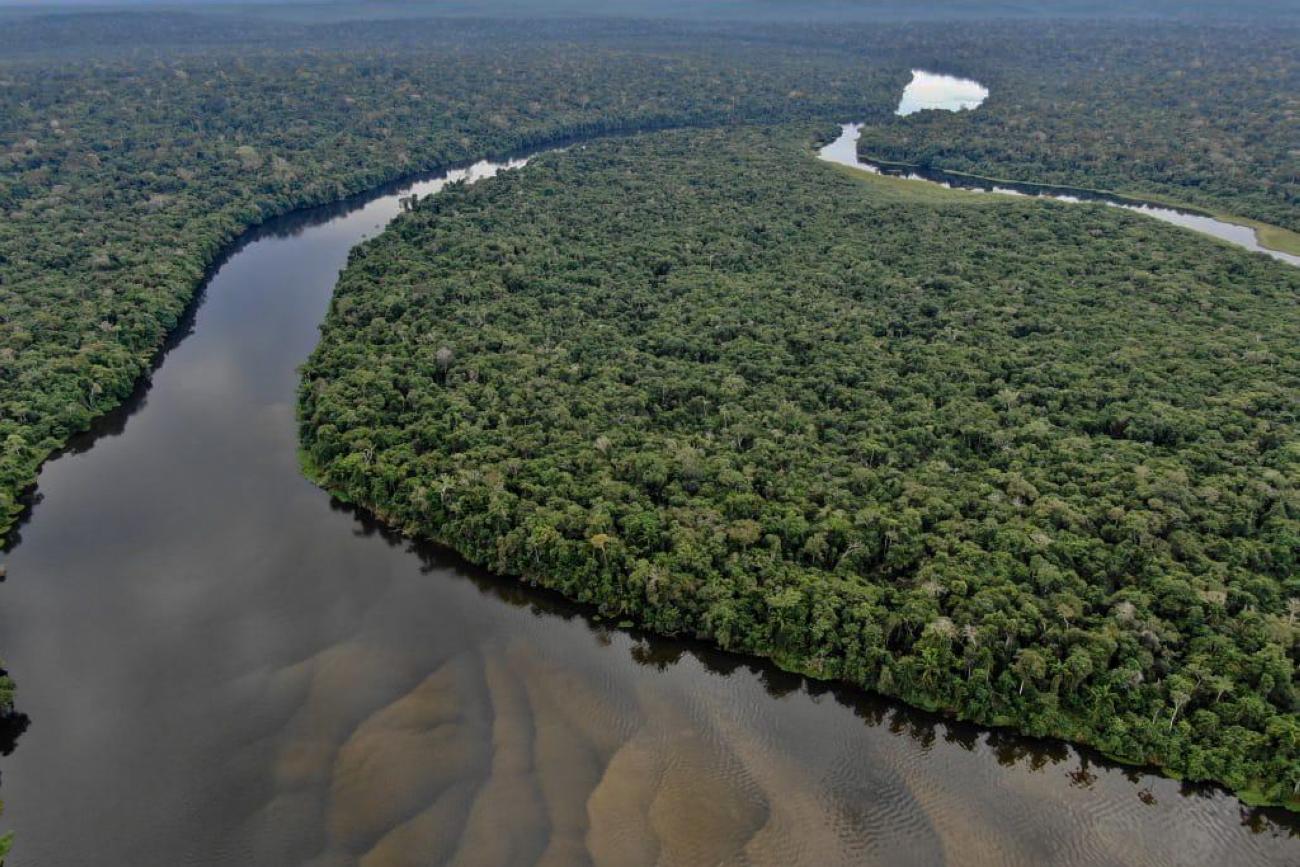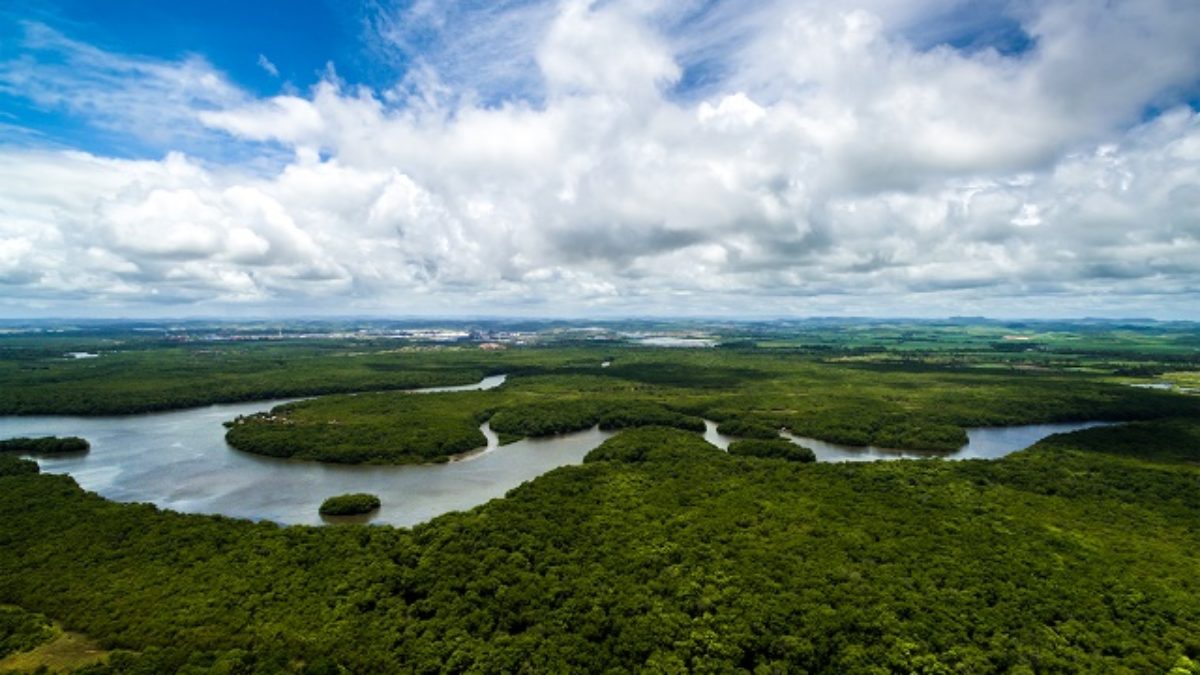Bilateral advisory meetings were held with the eight countries.
Since 2020, the Amazon Cooperation Treaty Organization has been providing support to Member Countries implementing the rules of the Convention on International Trade in Endangered Species of Wild Fauna and Flora (CITES), mainly for timber tree species. This support is related to the approval of the inclusion of the species Cedrela odorata, and other species of the genus, in Appendix II of CITES in 2019, at the 18th Conference of the Parties of CITES. This CITES decision entered into force on August 28, 2020, so countries have to adapt to the new regulation.
Cedrela is a genus of trees, of the Meliaceae family, comprising 17 species which are widely distributed throughout the tropical and subtropical regions, from southern Mexico to southern Argentina.
Cedrela odorata, commonly known as cedar, Spanish cedar, red cedar, cedarwood, or pink cedar, is the most widely distributed species of the genus, which can be found throughout the entire Amazon basin[1]. Considered the second most valuable in Latin America and the Caribbean, its wood is greatly appreciated in international trade for its high quality, workability, durability, and easy drying[2].
ACTO support has been focused on providing guidance for developing Non-Detriment (NDF) as well as promoting exchange of experiences among the eight ACTO Member Countries. For this purpose, bilateral technical meetings were held to work with information from each country.
The advisory meetings held for the designing of the NDFDs allowed to strengthen the capacities of the CITES Authorities (Administrative and Scientific) and the Forest Authorities of the ACTO Member Countries, who are engaged in the development of the NDFDs for timber species, and particularly, for the Cedrela odorata species.
With the analysis and systematization of the information provided by the CITES Scientific Authorities and Forest Authorities of the ACTO Member Countries, it was possible to determine the information available and to identify the relevant information gaps for the formulation of a NDFDs oriented towards Cedrela odorata.
This advisory work has been extended to specific cases of CITES regulations in ACTO MC. As an example, is the meeting held on October 6 with the technical staff of the Ministry of Environment, Water and Ecological Transition and the Ministry of Agriculture and Livestock of the Republic of Ecuador to define mechanisms for the promotion, management, and use of forest plantations of Cedar Cedrela spp. and Mahogany swietenia macrophylla in Ecuador. The topics addressed included general considerations for implementing CITES in Forest Plantations and Legal Acquisition Findings (LAF).
Next year, the corresponding validation will be conducted and will begin the implementation of the Regional Action Plan for the tree species of the Amazon Region listed in CITES; The Working Groups of specialists from the ACTO Member Countries will also be formed, who will be accompanied in the prioritized activities that will contribute to the formulation of the Non-Detriment Findings (NDF) and the Legal Acquisition Findings (LAF) for the tree species. Additionally, a portfolio of project profiles will be prepared for the effective management of financial resources, and the participation of ACTO in the CITES CoP19 to be held in November 2022 in Panama City will be supported.
Published in the Bioamazon Newsletter, issue n. 12, Nov-Dec 2021.
[1] Pennington & Muellner, 2010. A Monograph of Cedrela (Meliaceae). Milborne Port, UK: dh books. pp. 1-112.
[2] https://www.minambiente.gov.co/images/BosquesBiodiversidadyServiciosEcosistemicos/pdf/Programas-para-la-gestion-de-fauna-y-flora/Planes_Manejo_Arboles_Amenazados.pdf



